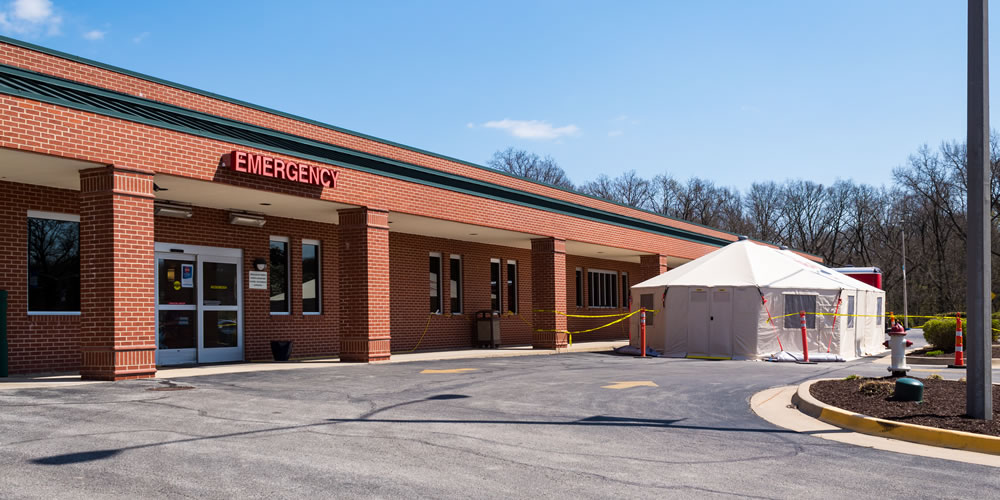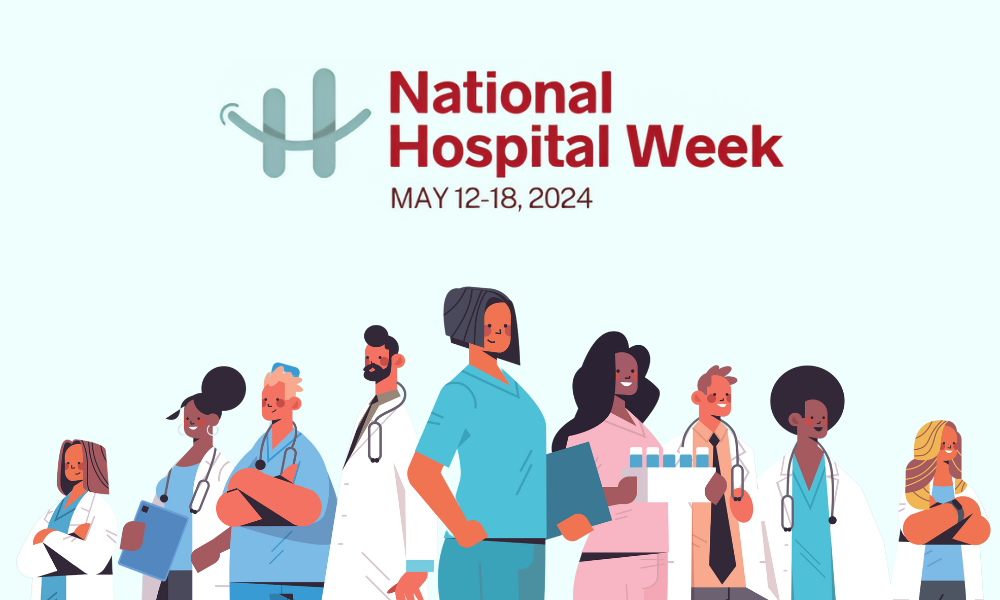(Edited from CHQPR news release dated 9/25/2020 and “State-by-State Breakdown of 897 Hospitals at Risk of Closing,” by Ayla Ellison, Becker’s Hospital CFO Report, 1/22/2021)
As of mid-2020, almost 900 rural hospitals, or about 40% of all rural hospitals across the US, faced either “immediate” or “high” risk of closing, according to a recent analysis from the Center for Healthcare Quality and Payment Reform (CHQPR).
Compiled by CHQPR Chief Executive Officer (CEO) Harold D. Miller and released in September 2020, the report, Saving Rural Hospitals and Strengthening Rural Healthcare, found more than 500 US hospitals at immediate risk of closure before the coronavirus pandemic following multiple years of large financial losses (a cumulative negative total margin over the most recent three-year period). Another 300 faced high closure risk because of either low financial reserves or high dependence on nonclinical revenue like local taxes or state grants.
Nearly every state had at least one rural hospital at immediate risk of closure before the pandemic. In 22 states, at least a quarter of them were at immediate risk, according to the CHQPR report. The CHQPR study identified inadequate payments from private health insurance plans, rather than Medicaid- or (original) Medicare-related losses, as the primary reason for rural hospitals’ financial predicament.
While most large and urban hospitals make significant profits on patients with private insurance (which can be used to offset losses on uninsured patients and patients with public insurance), most small rural hospitals lose money on patients with private insurance. The study found that Medicare Advantage plans are among the worst payers for small rural hospitals, often paying less than Medicare rates.
Rural HC Accessibility in Decline
In an article published just before the national lockdown to slow the spread of COVID-19 last March, Mike Gianas of allMedicalPersonnel [writing for the National Association of Locum Tenens Organizations (NALTO)] noted that small towns and rural communities suffer most from US healthcare-delivery-system deficiencies. Thus, people living in these areas tend to fare worse than their urban and suburban counterparts in health and socio-economic status — including suicide rates, addiction, accessing mental health services, chronic illness, maternal mortality, education, household income, poverty level and technology access.
In the Physicians Practice article subtitled, “How the program born out of physician shortages [AKA locum tenens] is bringing more care to rural America,” Gianas wrote, “The physician shortage correlates with the severity of these issues among less-populated communities.” He said the number of physicians per 10,000 people in rural America was 13.1, versus 31.2 in urban areas. Gianas identified about 11% the number of specialists in rural areas as in more urban communities (30/100,000 people in rural, versus 263/100,000 in urban).
Data indicating the potential closure of almost half of the 1,844 rural hospitals that remained open in early 2020 present a dire situation for the roughly 20% of Americans who live in rural America.
Locum Tenens Bridges Gaps
Noting that attracting young doctors to less-urban areas is increasingly difficult, Gianas suggested locum tenens as a way to bridge the gaps.
“Remember, locum tenens was born out of the physician shortage in rural America and needing to relieve full-time doctors who practice there,” he said. “A growing number of today’s physicians choose locum tenens to supplement their incomes by taking assignments in smaller communities considered underserved.”
Taking locum tenens assignments (generally) allows clinicians to encounter less bureaucracy while trying new settings, exercising greater autonomy, focusing on patients, and paying off debt. For the ‘more experienced,’ it’s also ideal for transitioning from full-time practice to retirement — or even to a “second act.”
Back to the CHQPR
Many small, rural hospitals serve as primary sources of healthcare services for agricultural and energy-producing communities. In 14 states, the majority of the rural hospitals are at risk of closing. (Download a list of at-risk rural hospitals by state here.)
“Residents of rural communities need health insurance, but they also need a place to use their insurance,” CHQPR CEO Miller said. “In addition to emergency care, most small rural hospitals are the principal or sole providers of urgent care, laboratory testing, maternity care, rehabilitation, and even primary care for their communities. The nearest alternative sources of these services are a half-hour or more away.”
Miller noted that more than 20 million people could lose access to essential services if these rural hospitals are allowed to close. He estimated the cost for preventing the closures at some $3.7 billion per year, representing 0.1% of the $3 trillion in US national healthcare spending.








